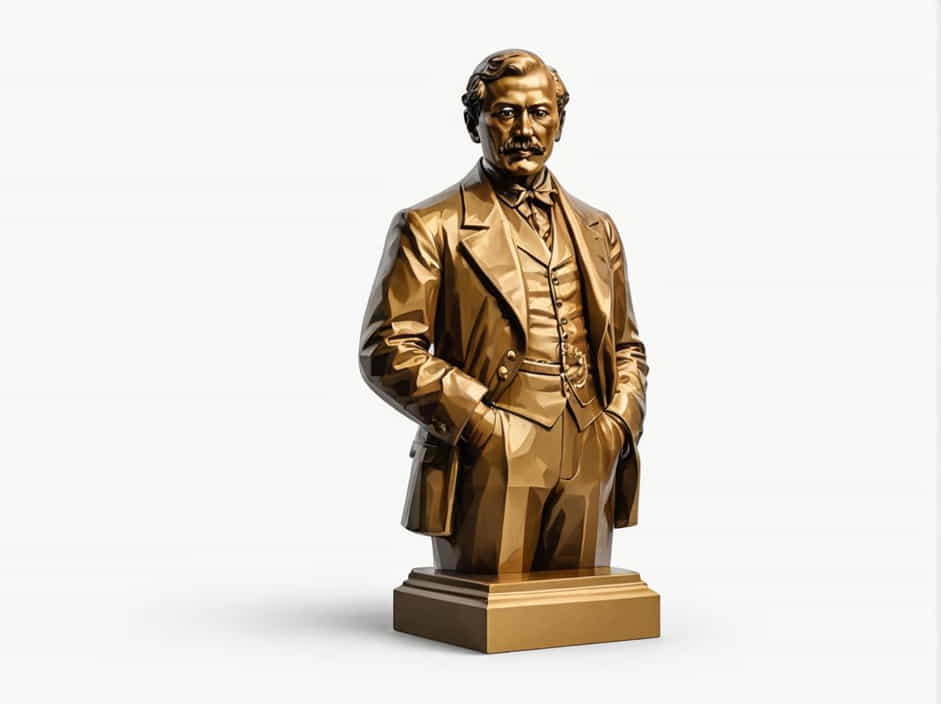Throughout history, assembly halls have played a crucial role in gathering communities, facilitating discussions, and hosting important events. These halls, also known as meeting halls, town halls, or gathering spaces, have been essential in shaping political, social, and cultural movements.
From ancient Greek agoras to medieval guild halls and modern convention centers, these spaces have evolved while maintaining their core function—bringing people together. But what exactly defines an assembly hall, and how has its role changed over time?
What Is an Assembly Hall?
An assembly hall is a large room or building designed for public gatherings, meetings, or events. These spaces can be found in government buildings, schools, religious institutions, and cultural centers.
Key characteristics of an assembly hall include:
- Spacious interiors to accommodate large crowds.
- Seating arrangements for comfort and visibility.
- A stage or podium for speakers, performances, or presentations.
- Acoustic design to ensure sound reaches all attendees.
Historical Assembly Halls
1. Ancient Greek Agoras
In ancient Greece, the agora was a public space used for political discussions, market activities, and social gatherings. While not enclosed like modern halls, it served as a central meeting place where people could assemble and engage in civic affairs.
2. Roman Basilicas
The Romans built basilicas, large public buildings used for legal proceedings, public meetings, and administrative purposes. These basilicas often had high ceilings, columns, and open spaces, influencing the design of later Christian churches and civic halls.
3. Medieval Guild Halls
During the Middle Ages, guild halls were established as meeting places for merchants, craftsmen, and city officials. These buildings became central to trade, policy-making, and community decision-making in growing European towns.
4. Renaissance and Baroque Assembly Halls
By the Renaissance period, grand assembly halls emerged in palaces, universities, and city centers. These halls were often adorned with elaborate decorations, chandeliers, and murals, symbolizing power and prestige.
Types of Assembly Halls in Modern Times
1. Town Halls
Town halls are government buildings where citizens and officials meet to discuss policies, hold debates, and address community issues. They often serve as the focal point of local governance and civic engagement.
2. School and University Auditoriums
Educational institutions use assembly halls for lectures, performances, and ceremonies. These auditoriums provide students and faculty with a space to learn, collaborate, and celebrate academic achievements.
3. Religious Gathering Halls
Many religious institutions have large assembly halls for worship services, community meetings, and events. Examples include church fellowship halls, mosque prayer halls, and temple assembly spaces.
4. Convention Centers
Large-scale events such as conferences, trade shows, and business summits take place in convention centers. These buildings feature multiple halls, meeting rooms, and exhibition areas designed to accommodate thousands of attendees.
5. Cultural and Performing Arts Halls
Theaters, opera houses, and music halls are dedicated to performances, speeches, and artistic showcases. These spaces are designed with exceptional acoustics and seating arrangements to enhance the audience experience.
6. Sports Arenas and Stadiums
While primarily used for sporting events, stadiums and arenas also serve as assembly halls for concerts, political rallies, and community events. Their massive capacity makes them ideal for large-scale gatherings.
Functions of an Assembly Hall
1. Public Meetings and Discussions
Assembly halls provide a venue for community debates, town hall meetings, and legislative discussions. These events promote democracy and public participation.
2. Celebrations and Ceremonies
Weddings, graduations, and award ceremonies are often held in assembly halls, offering a grand setting for memorable occasions.
3. Educational and Professional Events
Conferences, workshops, and academic lectures take place in assembly halls, providing a platform for knowledge-sharing and professional networking.
4. Political and Civic Engagement
Political leaders use assembly halls for campaigns, speeches, and government meetings. These spaces are crucial for policy-making and public discourse.
5. Cultural and Religious Gatherings
Music concerts, theater performances, religious services, and community festivals are often hosted in these spaces, making them vital for cultural expression.
Design Elements of an Effective Assembly Hall
To function efficiently, an assembly hall must be designed with comfort, accessibility, and acoustics in mind. Key elements include:
1. Architectural Layout
- Open floor plans to accommodate large audiences.
- High ceilings for better air circulation and sound projection.
- Flexible seating for various event formats.
2. Acoustics and Sound Management
- Sound-absorbing materials to prevent echoes.
- Well-placed speakers and microphones to ensure clear audio delivery.
- Proper insulation to minimize external noise distractions.
3. Lighting and Visual Design
- Bright yet adjustable lighting for different events.
- Stage lighting for performances and presentations.
- Projectors and LED screens for visual displays.
4. Accessibility and Comfort
- Wheelchair-friendly entrances and seating for inclusivity.
- Climate control systems to maintain a comfortable environment.
- Restroom and refreshment areas for convenience.
Famous Assembly Halls Around the World
1. Westminster Hall (UK)
One of the oldest and most significant assembly halls in the world, Westminster Hall in London has hosted royal ceremonies, political debates, and historic events for centuries.
2. Independence Hall (USA)
Located in Philadelphia, this historic site was where the Declaration of Independence and U.S. Constitution were debated and signed.
3. Sydney Opera House (Australia)
While primarily a performing arts venue, its concert halls and theaters serve as gathering spaces for cultural and civic events.
4. The Great Hall of the People (China)
Situated in Beijing, this hall is the venue for major government meetings and state functions, including the National People’s Congress.
Assembly halls have played a vital role in human history, governance, education, and cultural development. Whether in the form of ancient agoras, medieval guild halls, or modern convention centers, these spaces continue to bring people together for important discussions, celebrations, and performances.
As society evolves, so too do the design and function of these halls, ensuring they remain essential gathering places for generations to come.
